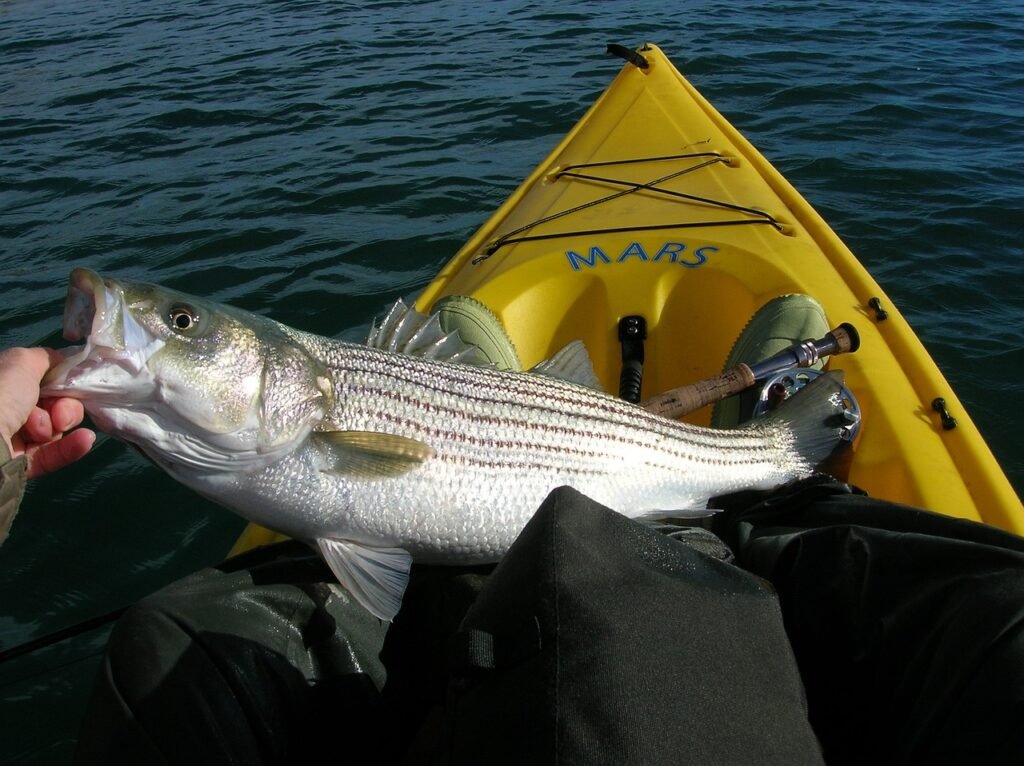When it comes to fishing, kayaks offer a unique and thrilling experience. Whether you’re a seasoned angler or a beginner, rigging your kayak for fishing is essential to ensure a successful and enjoyable outing. In this article, we will delve into the details of kayak fishing gear, customizing your kayak, techniques for efficient fishing, safety measures, and maintenance tips.
1. Essential Kayak Fishing Gear
Before you embark on your kayak fishing adventure, it’s crucial to have the right gear. Let’s take a look at the essentials:
Fishing Rods and Reels:
Choose a fishing rod and reel combination that suits your fishing style and target species. Opt for lightweight and durable options that can handle the demands of kayak fishing.
Tackle Boxes and Storage:
Invest in a tackle box or storage system that keeps your fishing gear organized and easily accessible. Look for waterproof options to protect your tackle from water damage.
Safety Equipment:
Ensure you have the necessary safety equipment, including a personal flotation device (PFD), whistle, and a signaling device. Safety should always be a top priority when out on the water.
Navigation Tools:
Carry a compass or GPS device to help you navigate and stay on course. It’s important to be aware of your surroundings and have a plan in case of unexpected changes in weather or water conditions.
2. Customizing the Kayak
Customizing your kayak for fishing enhances both functionality and comfort. Here are some options to consider:
Mounting Options for Fishing Accessories:
Install rod holders, fish finders, and GPS units to make your fishing experience more efficient. These accessories can be easily mounted on your kayak using specialized mounting systems.
Anchor Systems for Stability:
Installing an anchor system is crucial for maintaining stability while fishing. It allows you to stay in one spot, even in moving water or windy conditions, increasing your chances of a successful catch.
Modifying Seats and Storage for Comfort:
Consider upgrading your kayak’s seat to ensure maximum comfort during long fishing trips. Additionally, customize your storage options to accommodate your fishing gear and personal belongings.
3. Techniques for Efficient Fishing
Fishing from a kayak requires some adjustments to traditional fishing techniques. Here are a few tips to help you improve your efficiency:
Casting and Reeling from a Kayak:
Practice casting techniques that allow you to cover a wide area without getting tangled in your surroundings. Master the art of reeling in fish while maintaining balance and stability in your kayak.
Best Practices for Maneuvering the Kayak:
Learn how to maneuver your kayak effectively to position yourself in the best fishing spots. Paddle quietly and use your body weight to maintain stability while making subtle adjustments to your kayak’s position.
4. Safety Measures
Ensuring your safety while kayak fishing is of utmost importance. Consider the following safety measures:
Understanding Water Conditions and Kayak Limitations:
Before heading out, familiarize yourself with the water conditions and potential hazards. Be aware of your kayak’s limitations and avoid venturing into areas where it may be unsafe.
Emergency Protocols:
Have a plan in case of emergencies. Share your fishing itinerary with someone reliable, carry a communication device, and know how to call for help if needed.
Proper Use of Safety Gear:
Wear your personal flotation device (PFD) at all times and ensure it fits properly. Familiarize yourself with the proper use of safety gear and regularly inspect it for any signs of wear or damage.
5. Maintenance and Care
To prolong the lifespan of your kayak and fishing gear, regular maintenance and care are essential:
Clean and Rinse:
After each fishing trip, clean your kayak thoroughly with fresh water to remove any saltwater, dirt, or debris. Pay extra attention to areas prone to corrosion, such as metal fittings and hardware.
Inspect for Damage:
Regularly inspect your kayak for any signs of damage or wear. Check for cracks, leaks, or loose fittings. Address any issues promptly to prevent further damage.
Store Properly:
When not in use, store your kayak in a cool, dry place away from direct sunlight. Use a protective cover to shield it from dust and UV rays.
By following these tips for kayak rigging, you’ll be well-prepared for your fishing adventures. Remember to prioritize safety, maintain your gear, and enjoy the unique experience of fishing from a kayak.

